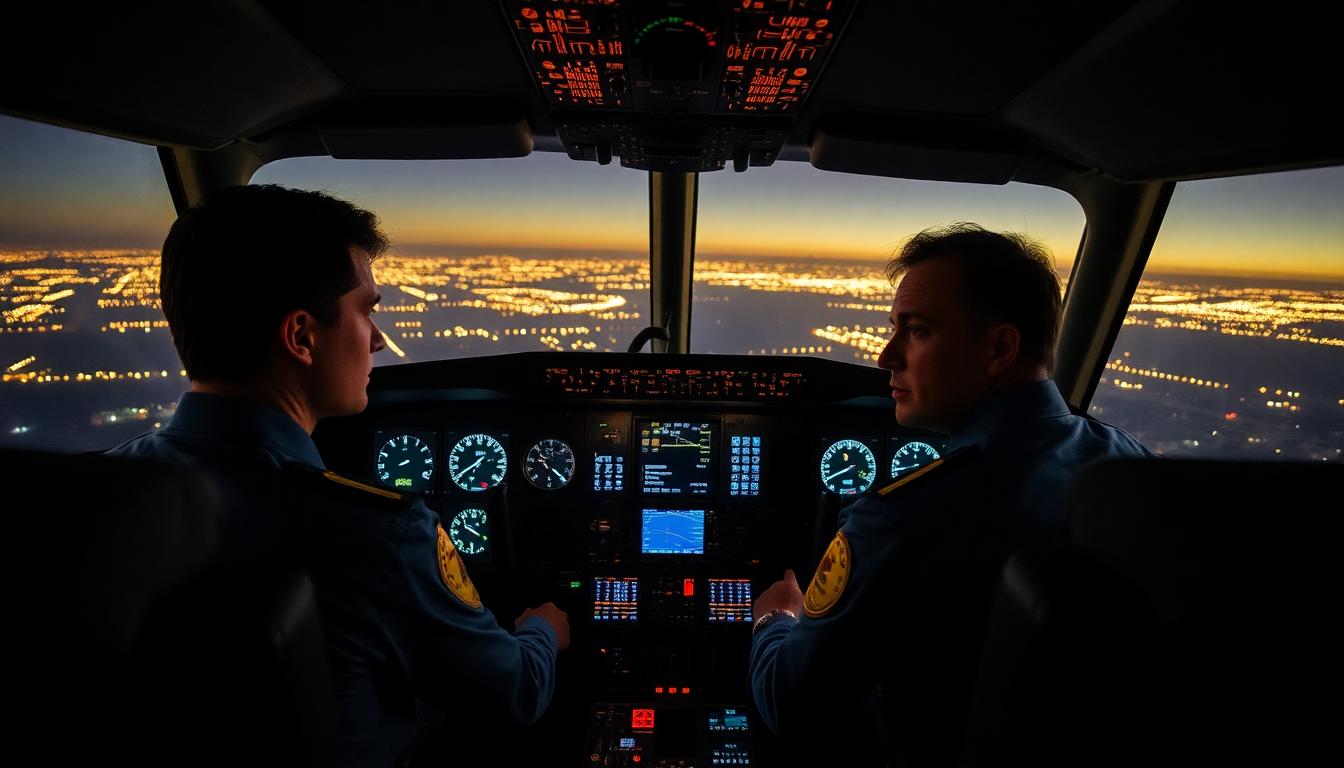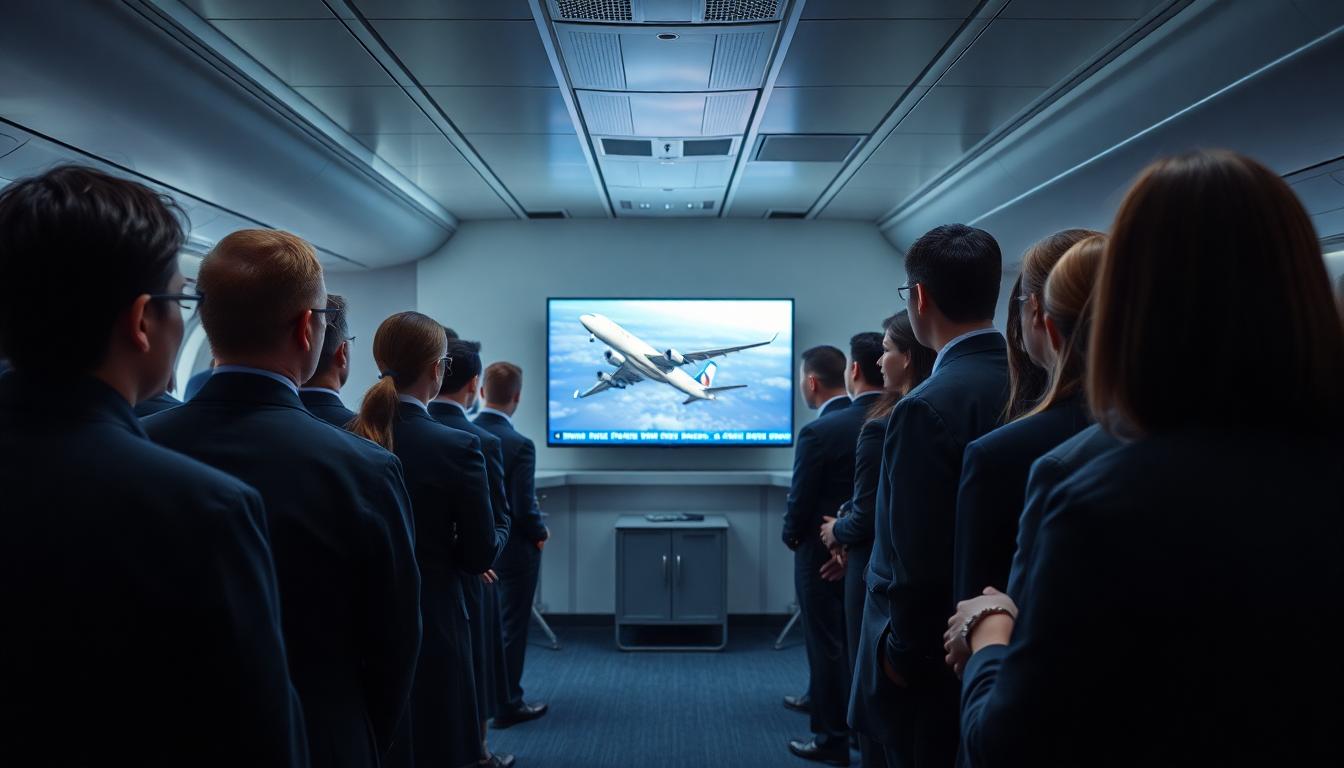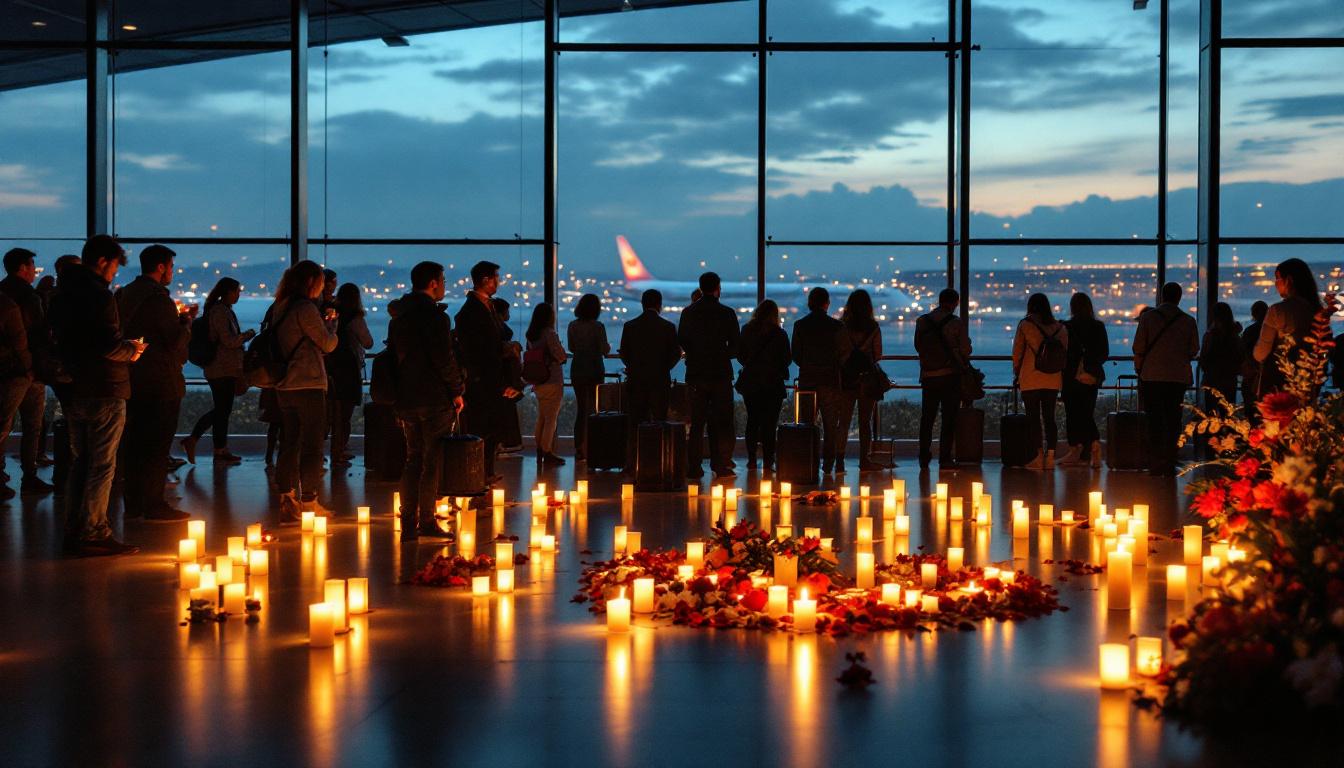Introduction
In aviation, few events are more devastating than a major crash. The world watched as an Air India flight ended in heartbreak, turning an ordinary day into an endless night for hundreds of families. The loss was felt not only in India but across the global aviation community. While technical teams arrived with tools and checklists, what unfolded was also a deeply human tragedy—one that raised pressing questions of leadership, split-second judgment, fatigue, and the fragility of trust in modern air travel.
The Timeline: From Routine Takeoff to Tragedy
The day began as so many journeys do. Passengers greeted crew members at the gate. Senior pilots took their seats, running through standard checklists and radio calls with air traffic control. As the plane taxied and accelerated down the runway, no one could have guessed what awaited.
Critical Minutes:
- Takeoff: The aircraft departed on schedule, gaining altitude as expected.
- Sudden Trouble: In a matter of minutes, alarm bells signaled trouble in the cockpit. Cockpit voice recordings, now under review by investigators, capture escalating tension—checklists referenced, troubleshooting attempted, and crucial decisions made under stress.
- Rapid Descent: Despite desperate efforts, the plane’s fate was sealed in seconds. The resulting crash left a burning wreck, upending lives in an instant.
Eyewitness accounts described fire and twisted debris, with first responders sprinting toward the chaos as soon as the alert went out. Around the world, news flashed as questions piled up: What happened? Was it technical, human error, or a complex mix of both?
Inside the Cockpit: Decisive Moments, Human Limits
Much early attention centered on the experienced senior pilot, a person with thousands of flight hours and a reputation for professionalism. Yet even the most seasoned captains can face overwhelming pressure when cascading technical failures erupt in midair.
The Critical Reality of Decision-Making
- Protocols and Checklists: Modern airlines train for emergencies with detailed manuals, but in the air, every second counts. Hotlines to ground control may not keep pace with the speed of disaster.
- Stress and Communication: Cockpit resource management—how teams share tasks, double-check warnings, and challenge each other respectfully—often makes the difference between recovery and catastrophe.
- Fatigue: Many investigators point to fatigue as a hidden risk. Duty hour rules exist to prevent overwork, but back-to-back flights, roster changes, and international shifts wear down even the best.
Immediately, authorities started gathering cockpit voice and data recorders. Simulations of the incident will run in flight schools and training centers to seek lessons for global aviation.
Airline Crew Reactions: Community Shock and Sorrow
For the world’s pilots, every tragedy is personal. News travels fast on pilot forums and group chats, where the focus is not just on technical analysis but fear, empathy, and support.
The Human Factor: Mental Health, Pressure, and Fatigue
Aviation is an industry built on humans making critical decisions—often under intense pressure. Senior pilots are lauded for their calm and skill, but are not immune to:
- Cumulative fatigue from long-haul routes
- Isolation and disrupted family lives
- Reluctance to report stress or exhaustion due to stigma or career fears
Recent rules have tried to address these threats. Psychological screening, rest regulations, and access to support are now standard in many airlines. But the reality remains: even a minor lapse can have dire consequences.
Investigating the Aftermath: What We Learn from Tragedy
The Work of Crash Investigators
After any disaster, national and international teams spring into action:
- Physical Evidence: Wreckage, black boxes, and maintenance records are collected.
- Interviews: Surviving crew members, air traffic controllers, and eyewitnesses are debriefed.
- Flight Data Analysis: Every flight control movement and warning is reconstructed by computer.
Investigators look for patterns, sometimes uncovering new failure modes or systemic blind spots. Often, their findings lead to regulatory recommendations affecting pilots, manufacturers, or even global flight standards.
Public and Industry Impact
Accidents drive intense scrutiny and, in most cases, real change. Technical fixes are implemented. Training is improved. But perhaps most importantly, open conversations about accountability, vulnerability, and pilot wellbeing become part of the global dialogue.
Revisiting Aviation Safety: Are We Doing Enough?
Aviation is now statistically the safest form of mass transport—but perfection remains the goal. The Air India tragedy joins a long list of disasters that have led to:
- Mandatory crew rest periods
- Continuous simulator training for rare emergencies
- Improved crew resource management curricula
- Enhanced reporting systems for near misses or fatigue concerns
Still, with every new accident, victims’ families and advocacy groups push for more—higher standards, greater transparency, and systems where no warning sign is ever ignored.
The Human Toll: Grief, Remembrance, and the Need for Healing
Aviation disasters are often remembered not for technical findings, but as moments of collective grief.
- Families: Loved ones gather in terminals, seeking news and comfort as the hours crawl by. For those who lost someone, each press conference is gut-wrenching, and memorials emerge wherever flights departed and arrived.
- Communities: Cities, neighborhoods, and airline families come together to honor victims. Vigils and ceremonies, often held at airport gates or crash sites, serve as reminders of hope and unity in the face of grief.
Moving Forward: Hard Questions, Real Solutions
The aftermath of this crash holds important lessons for the future. Airlines, regulators, and even passengers have a role to play:
- Supporting pilots’ physical and mental wellness, so they’re fit to fly
- Encouraging transparency and error reporting—without fear
- Demanding that safety improvements remain ahead of technology and growth
Ultimately, the true measure of progress will not be in technical advances alone, but in how deeply the industry cares for those at the heart of it—passengers and crew alike.
Conclusion
The Air India crash stands as a stark reminder: safety in the skies demands vigilance, compassion, and the courage to learn from even the hardest losses. Every aviation decision—from the pilot’s commands to boardroom policies—matters, because at every level are real people with families, dreams, and futures worth fighting for. As the investigation unfolds and the cause is revealed, let hope turn grief into greater safety for all.
To contact us click Here.










